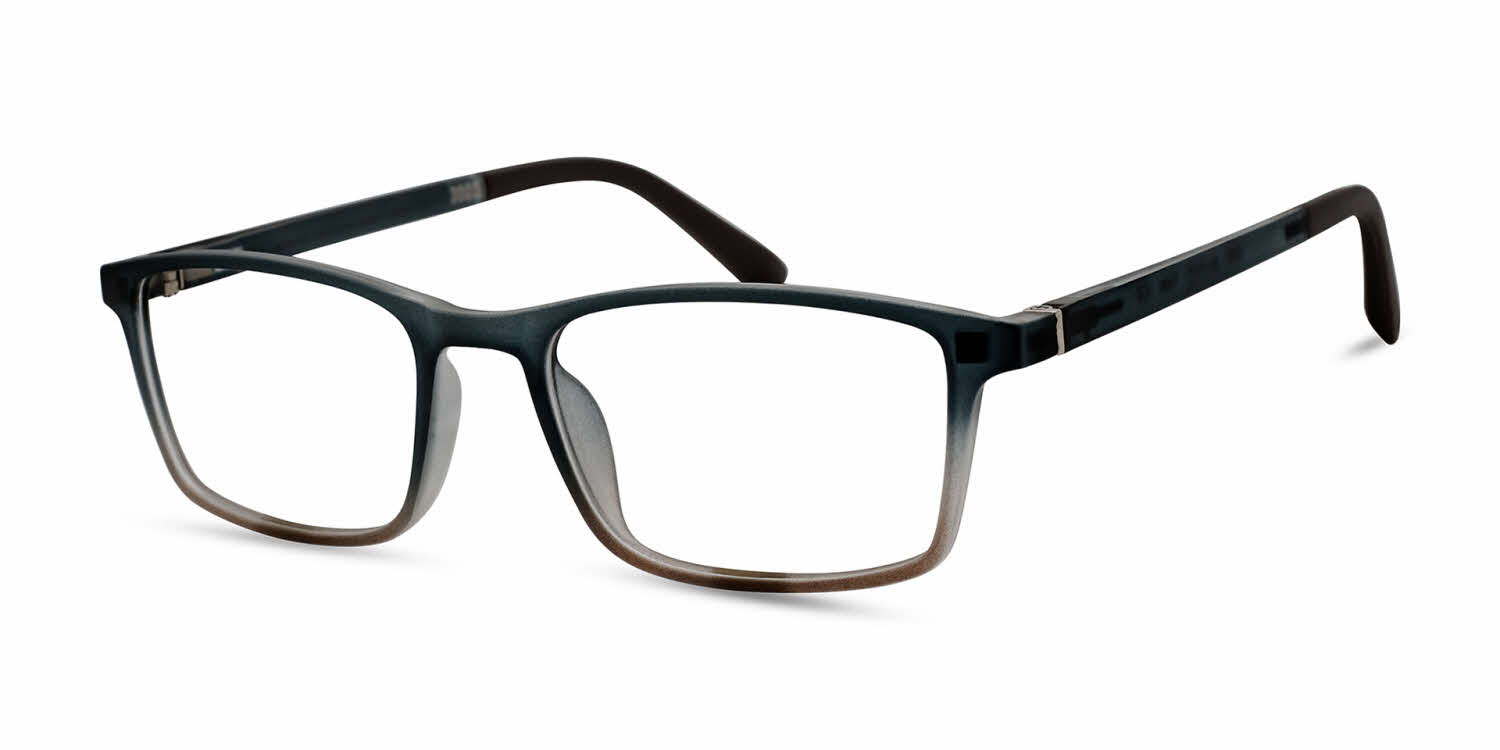Contents

Source: Eco Eyewear
<>
Flint Glasses: Properties and Applications
Overview of Flint Glasses
Flint glasses are optical glasses characterized by an Abbe number below 50, indicating strong chromatic dispersion and typically a refractive index higher than 1.55. Many traditional flint glasses contain lead, but lead-free alternatives are now more common.
Composition of Flint Glasses
The term “flint glass” does not refer to a specific chemical composition but often contains heavy metals like lead, which contribute to its high refractive index. Lead-free flint glasses, using metals like titanium or zirconium, have been developed to address environmental concerns.
Types of Flint Glasses
Flint glasses are categorized by a combination of letters and numbers, with ‘F’ representing flint. Examples include SF (heavy flint), LF (light flint), and BaF (barium flint). Lead-free versions are denoted with “N-“, such as N-SF8.
Applications of Flint Glasses
Flint glasses are commonly used in dispersive prisms and achromatic optical elements due to their high chromatic dispersion. However, their parasitic absorption can be problematic for high-power laser applications, leading to thermal effects.
Correction glasses, typically made from flint glasses, provide UV protection and reduced thickness compared to other materials. Combining crown and flint glasses is common for achieving specific optical properties.
Conclusion
Flint glasses play a crucial role in various optical applications, offering unique properties that make them valuable for specific uses. Understanding their composition and applications can aid in optimizing optical systems for different requirements.

Source: Frames Direct
Feel free to comment your thoughts.



